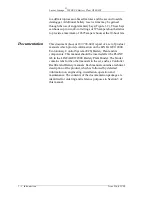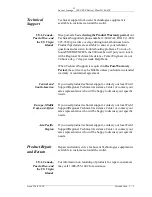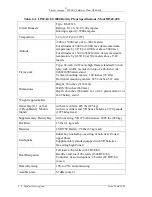
Lucent Lineage
®
2000 ECS Battery Plant H569-408
2 - 4 Product Description
Issue 2 July 1996
Typical Battery
Plant
Description
A basic block diagram of a typical dc battery plant is shown in
Figure 2-1. The battery plant accepts alternating current from the
commercial utility or a standby ac power source and rectifies it
to produce dc power for the using equipment. Control and alarm
functions are provided by the plant to interact with the rectifiers
and the office. In addition, the plant provides overcurrent
protection, charge, discharge, and distribution facilities. Battery
reserve automatically provides a source of dc power if the
commercial or standby ac fails. This battery reserve is
engineered to supply dc power for a specific period of time. In
normal practice, battery capacity is sized to provide 3 to 8 hours
of reserve time.
Battery Plant
Subsystems
AC Distribution: connects the commercial and/or standby ac
power sources to the rectifiers within the plant and provides
overcurrent protection. This subsystem is usually supplied by
the customer.
Rectifiers: convert an ac source voltage into the dc voltage level
required to charge and float the batteries and to power the using
equipment.
Controller: provides the local and remote control, monitor and
diagnostic functions required to administer the battery plant.
Batteries: provide energy storage for an uninterrupted power
feed to the using equipment during loss of ac input or rectifier
failure.
DC Distribution: provides overcurrent protection, connection
points for the using equipment, and bus bars used to interconnect
the rectifiers, batteries, plant shunt, and dc distribution.
















































